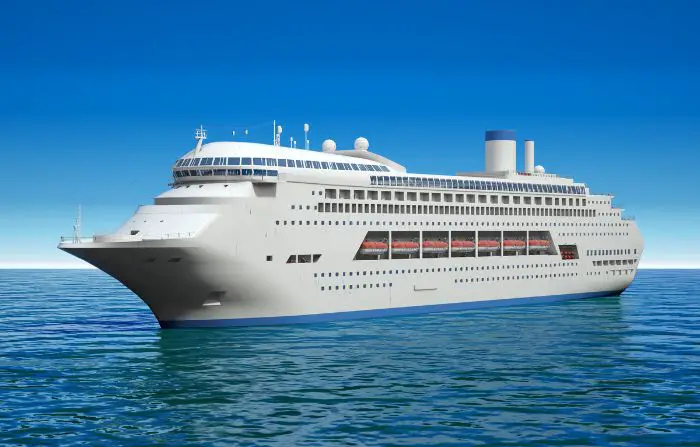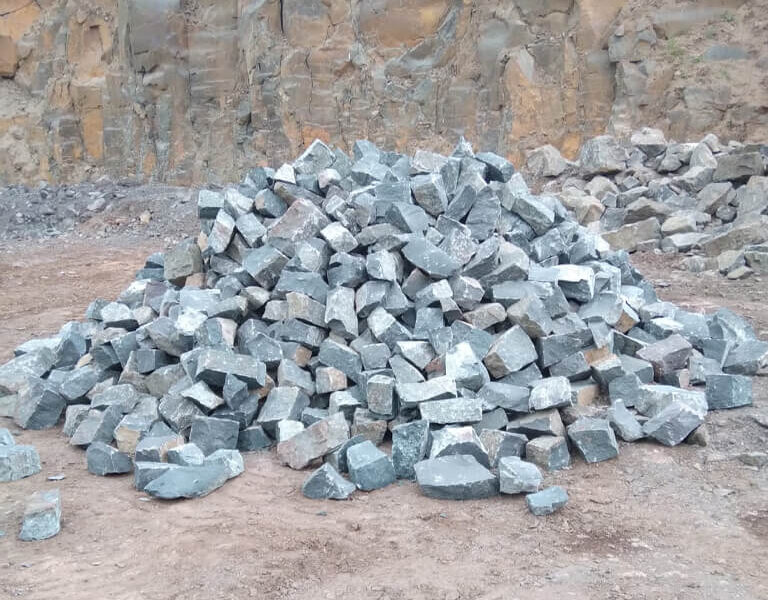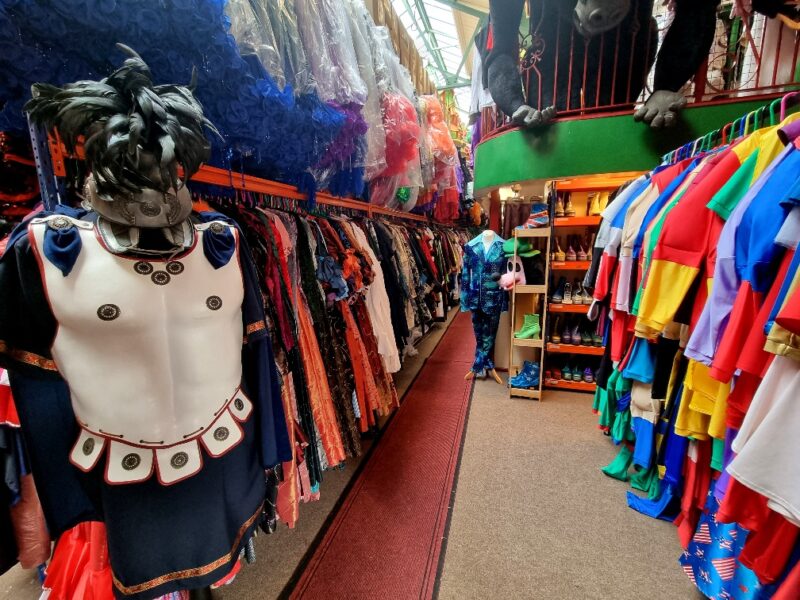Cruise ships typically don’t have gyroscopes in the traditional sense. Gyroscopes are devices that utilize the principles of angular momentum to maintain orientation or balance. While some vessels or ships might use gyroscopic stabilizers to reduce rolling motion and improve stability in rough seas, they’re not exactly the same as a standalone gyroscope.
Modern cruise ships often employ advanced stabilization systems, such as fin stabilizers or active stabilizer fins, rather than gyroscopes. These systems work by adjusting the ship’s fins or using other techniques to counteract the rolling motion caused by waves, providing a smoother experience for passengers onboard.
While gyroscopes are used in various other applications and industries, their specific use as standalone gyroscopic devices aboard cruise ships is not common. However, stabilization technologies, including gyroscopic principles, might be incorporated into larger ship stabilization systems for improved performance and passenger comfort.
How do Cruise Ships Stabilize?
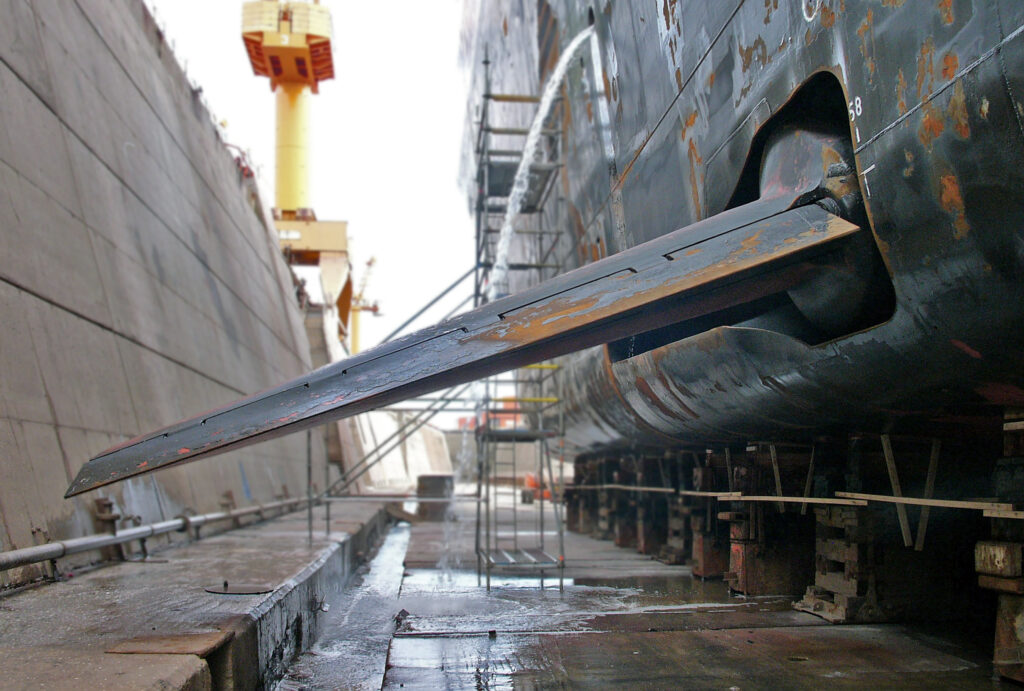
Stabilization on cruise ships serves the primary purpose of enhancing passenger comfort by reducing the vessel’s motion caused by waves and other environmental factors. This stabilization minimizes the rolling, pitching, and yawing motions, providing a smoother and more enjoyable experience for passengers and crew. The stability also aids in preventing seasickness and discomfort often associated with rough seas.
Types of Stabilization Systems
Gyroscopic Stabilizers
Gyroscopic stabilizers utilize the principles of gyroscopes to maintain the ship’s balance and stability. These systems typically consist of large spinning discs or flywheels that generate angular momentum, countering the ship’s motion to reduce rolling. However, they are less commonly used on modern cruise ships due to their size, complexity, and cost.
Alternatives to Gyroscopes
Fin Stabilizers: Fin stabilizers are among the most prevalent stabilization systems on cruise ships today. These fins are mounted on the ship’s hull and can be extended or retracted as needed. They work by adjusting the angle of the fins to counteract the rolling motion induced by waves, thereby stabilizing the ship.
Active Stabilizer Fins: Active stabilizer fins are an advanced version of fin stabilizers, equipped with sensors and control systems that actively respond to the ship’s movements. These systems continuously monitor the ship’s motion and adjust the fins in real-time, providing more effective stabilization, especially in varying sea conditions.
Other Modern Stabilization Technologies: Apart from gyroscopic and fin-based systems, there are other innovative stabilization technologies emerging in the maritime industry. These may include hydraulic systems, computer-controlled anti-roll tanks, or even advanced software-based solutions that analyze wave patterns to anticipate and counteract ship motions.
What’s the Role of Gyroscopes in Ship Stability?
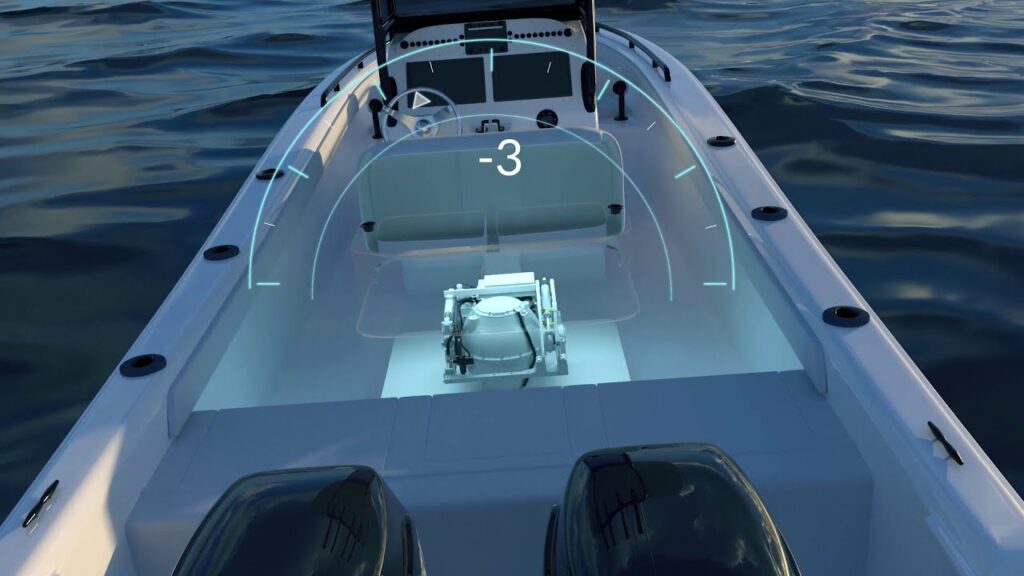
While standalone gyroscopic stabilizers have become less common, the underlying principles of gyroscopes continue to influence and contribute to the evolution of ship stabilization systems, ensuring improved stability and comfort for passengers and crew aboard modern cruise ships.
How Gyroscopes Work
Gyroscopes operate based on the principle of angular momentum. They consist of a spinning disc or wheel that maintains its orientation in space, resisting any external force that tries to change its direction. When mounted in a ship’s stabilization system, gyroscopes leverage this property to counteract the vessel’s rolling motion caused by waves.
The gyroscope’s spinning motion creates a stabilizing force perpendicular to the direction of the applied force (in this case, the ship’s rolling). This force helps maintain the ship’s stability by resisting and dampening the rolling motion, thereby stabilizing the vessel.
Historical Use of Gyroscopes in Maritime Industry
Gyroscopes have a significant historical presence in the maritime industry, primarily for navigation and stabilization purposes. Early gyroscopic compasses revolutionized ship navigation by providing a more stable and reliable means of determining direction compared to traditional magnetic compasses. These gyrocompasses remain critical for navigation on many vessels, providing accurate directional information unaffected by magnetic interference.
In the past, gyroscopic stabilizers were also used on some ships, especially larger vessels like ocean liners. However, their implementation was limited due to challenges related to size, complexity, and maintenance, leading to the exploration of alternative stabilization methods.
Use of Gyroscopic Principles in Stabilization Systems
While standalone gyroscopic stabilizers are less common on modern cruise ships, the principles of gyroscopes are still integrated into stabilization systems. Some modern stabilizers utilize gyroscope-derived technology, albeit in more compact and efficient forms. These systems might use smaller gyroscopes or gyroscopic principles as part of a larger stabilization setup, contributing to the overall stability of the vessel.
Moreover, advancements in technology have led to the development of more effective and practical stabilization methods, such as fin stabilizers and active stabilizer fins, which, while not solely based on gyroscopic principles, leverage sophisticated control systems inspired by gyroscopic mechanisms to counteract ship motion.
What Are Gyroscopes’ Stabilization Pros and Cons?
While gyroscopes have inherent advantages in reliability and immediate response, they face challenges related to size, complexity, and cost, which has led to the development and adoption of more practical and efficient stabilization systems in modern cruise ships.
Advantages of Gyroscopes in Stabilization
Reliability
Gyroscopes offer a high level of reliability in maintaining stability due to their inherent property of angular momentum, providing consistent stabilization even in challenging sea conditions.
Immediate Response
Gyroscopic stabilizers can react quickly to changes in the ship’s motion, offering immediate stabilization, which is crucial for passenger comfort and safety.
Independence from External Factors
Gyroscopes aren’t affected by external magnetic fields, making them immune to magnetic interference that can affect other navigation and stabilization systems.
Limitations and Challenges
Size and Complexity
Traditional gyroscopic stabilizers can be large, heavy, and complex, requiring significant space and maintenance, which might be impractical for many modern cruise ships.
Cost
Gyroscopic stabilization systems can be expensive to install and maintain due to their intricate design and specialized components, making them less cost-effective compared to some alternative systems.
Energy Consumption
Traditional gyroscopic systems may consume more power compared to some newer stabilization technologies, potentially impacting fuel efficiency and operational costs.
Comparison with Other Stabilization Systems
Fin Stabilizers
While gyroscopes offer immediate response, fin stabilizers are more commonly used in modern cruise ships due to their practicality, compact design, and efficiency in reducing rolling motions caused by waves. They provide effective stabilization while being relatively easier to install and maintain compared to gyroscopic systems.
Active Stabilizer Fins
Active stabilizer fins offer advantages over traditional gyroscopes by incorporating advanced control systems that continually monitor and adjust the ship’s stabilization in real-time. They offer improved adaptability to changing sea conditions and greater energy efficiency.
Other Modern Stabilization Technologies
Newer technologies, such as computer-controlled anti-roll tanks or software-based predictive stabilization systems, provide alternatives that optimize stability while addressing the limitations of gyroscopic systems, such as size, complexity, and energy consumption.
FAQ’s
How do they stabilize cruise ships?
Cruise ships use various stabilization systems like fin stabilizers or active stabilizer fins to reduce rolling caused by waves, ensuring a smoother ride for passengers.
What is the function of gyroscope in ships?
Does a gyroscope aid in maintaining stability by utilizing angular momentum, counteracting the ship’s rolling motion to keep it steady?
How does a gyroscope stabilize a ship?
Does a gyroscope create a stabilizing force perpendicular to the ship’s rolling motion, helping maintain its stability by resisting and dampening the rolling motion?
Do cruise ships use gyroscopic stabilizers?
Are gyroscopic stabilizers less common on modern cruise ships due to their size, complexity, and cost, with alternatives like fin stabilizers being more prevalent?
Why is the cruise ship shaking so much?
Could the ship’s shaking be caused by external factors like rough seas or inclement weather affecting its stability despite the presence of stabilization systems?
What keeps cruise ships floating?
Is it the principle of buoyancy, where the ship’s design and displacement of water enable it to stay afloat despite its weight?
Final Words
Cruise ships use various stabilization systems to keep passengers comfortable while sailing on the open seas. Gyroscopes, known for their stability-boosting abilities, have historically played a crucial role in ship stabilization, especially in navigation. However, modern cruise ships often rely on other systems like fin stabilizers or active stabilizer fins.
Moreover, these alternatives offer effective stabilization, are easier to manage, and are more cost-efficient compared to traditional gyroscopic setups, which can be bulky and expensive to maintain. While gyroscopes provide reliability and immediate response, their limitations in terms of size, complexity, and cost have led to the rise of newer, more practical technologies.

